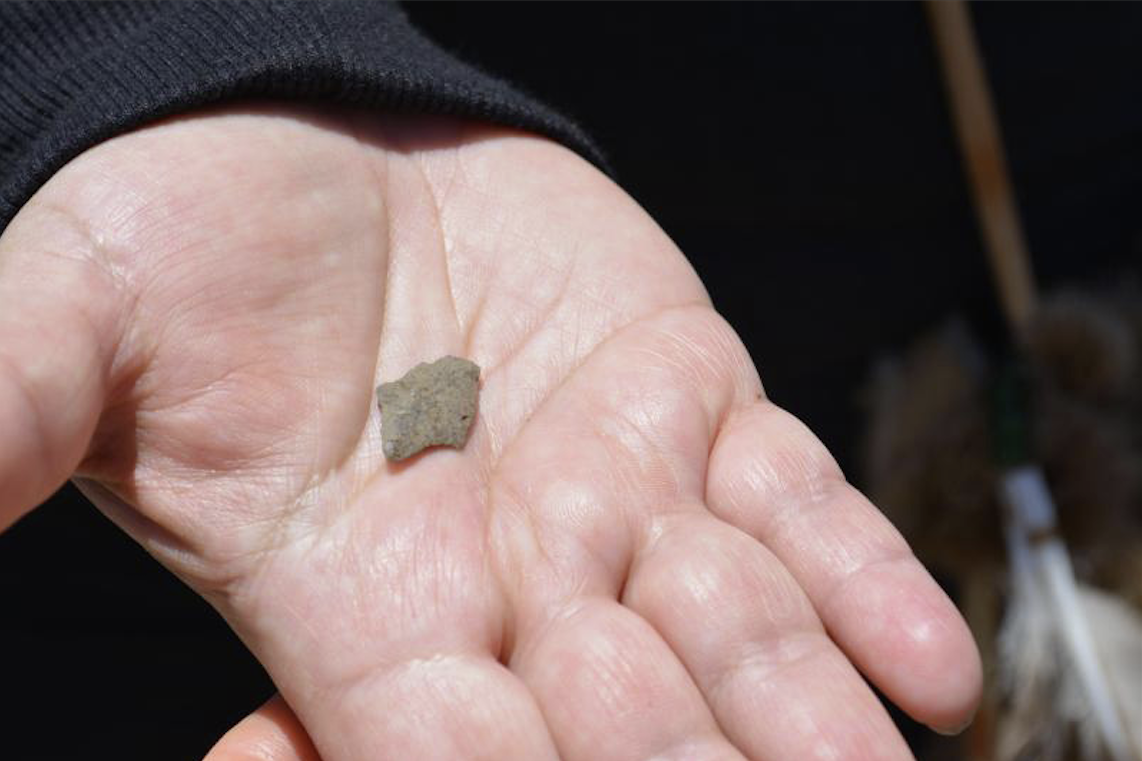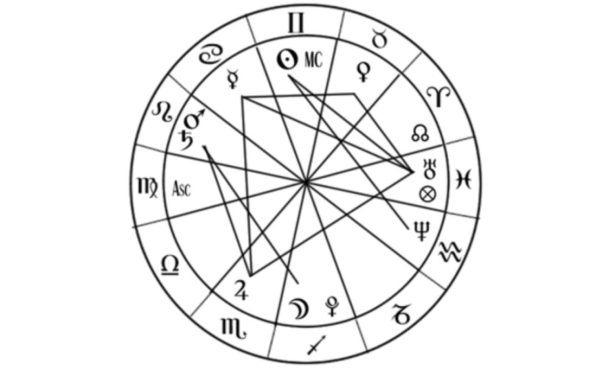Ancient Chumash Artifacts Found on Santa Rosa Island
This Week’s Discovery Supports New Theories on Chumash Ancestry

Not far from the site on Santa Rosa Island where archaeologists in 1959 discovered the 13,000-year-old Arlington Man ― still the oldest human remains found on our continent ― researchers this week unearthed yet more evidence of the life and times of the very first Americans.
Beneath the main house of the historic Vail & Vickers Ranch, which is getting a new foundation and being converted to visitor lodging, researchers uncovered barbed points and crescents — made from a rock called chert — that ancient Chumash people used for fishing and hunting. The find reinforces the increasingly popular theory that the New World was populated not by big game hunters migrating by land bridge through Siberia but by seafaring peoples from Northeast Asia following the Kelp Highway into the Americas.
The stone tools, quite thin and sophisticated in their structure, look almost identical to 16,000-year-old artifacts found in Japan. Archeologists like University of Oregon’s Dr. Jon Erlandson, a leading expert on ancient Channel Island peoples, have noted that rich kelp forests from Japan to Baja California supported similar marine life (sea otters, abalone, urchins, and shellfish), which may have enticed Paleocoastal natives to head west.
Erlandson this week highlighted the abundance of archaeological knowledge gleaned from the northern Channel Islands. “[They] have one of the largest and most significant clusters of early coastal sites in the Americas, with more than 100 sites over 7,500 years old,” he said. Erlandson suspects the Vail & Vickers site is at least 10,000 years old, “with evidence of some of the earliest people on the West Coast.” That far back in history, the sea level was at least 150 feet lower than it is today, and the Northern Channel Islands were joined together as one big land mass. The fertile lowlands and estuaries would have served as hunting grounds for fish and waterfowl.
The native populations of the Channel Islands were primarily Chumash. In fact, the word Michumash means “makers of shell bead money” and was used by their mainland counterparts to refer to those living on the islands. Many of today’s Chumash families can trace their heritage directly to Santa Rosa Island, where up to 1,200 people inhabited at least nine historic village sites including Hichimin near the Vail & Vickers main ranch complex, which was constructed sometime after 1869.
Work on the ranch house has been suspended as researchers continue to sift through the property, which the Vail & Vickers families operated as a sheep and cattle ranch for more than 150 years. Its buildings are among the oldest wood-framed structures in Santa Barbara County.



